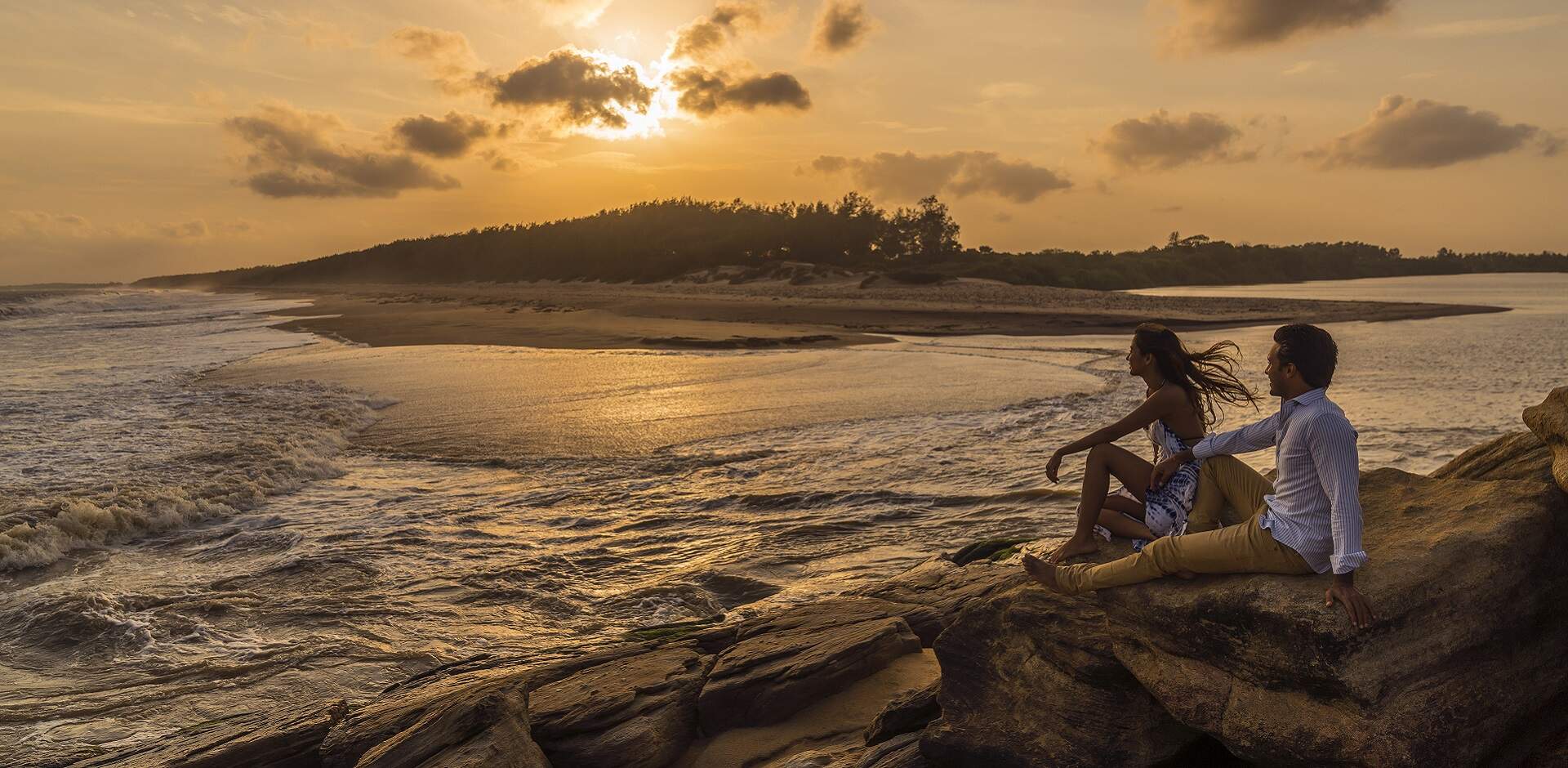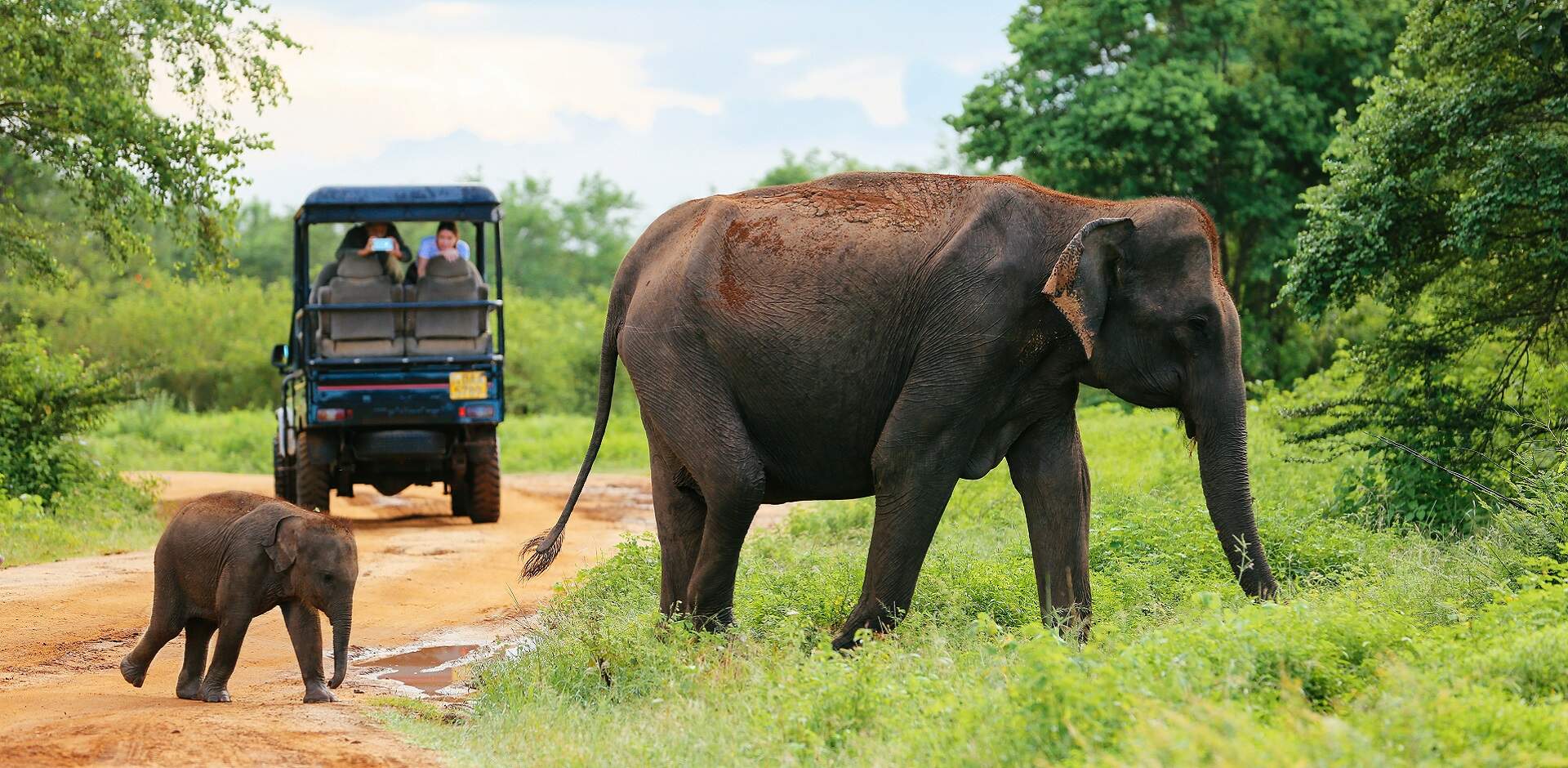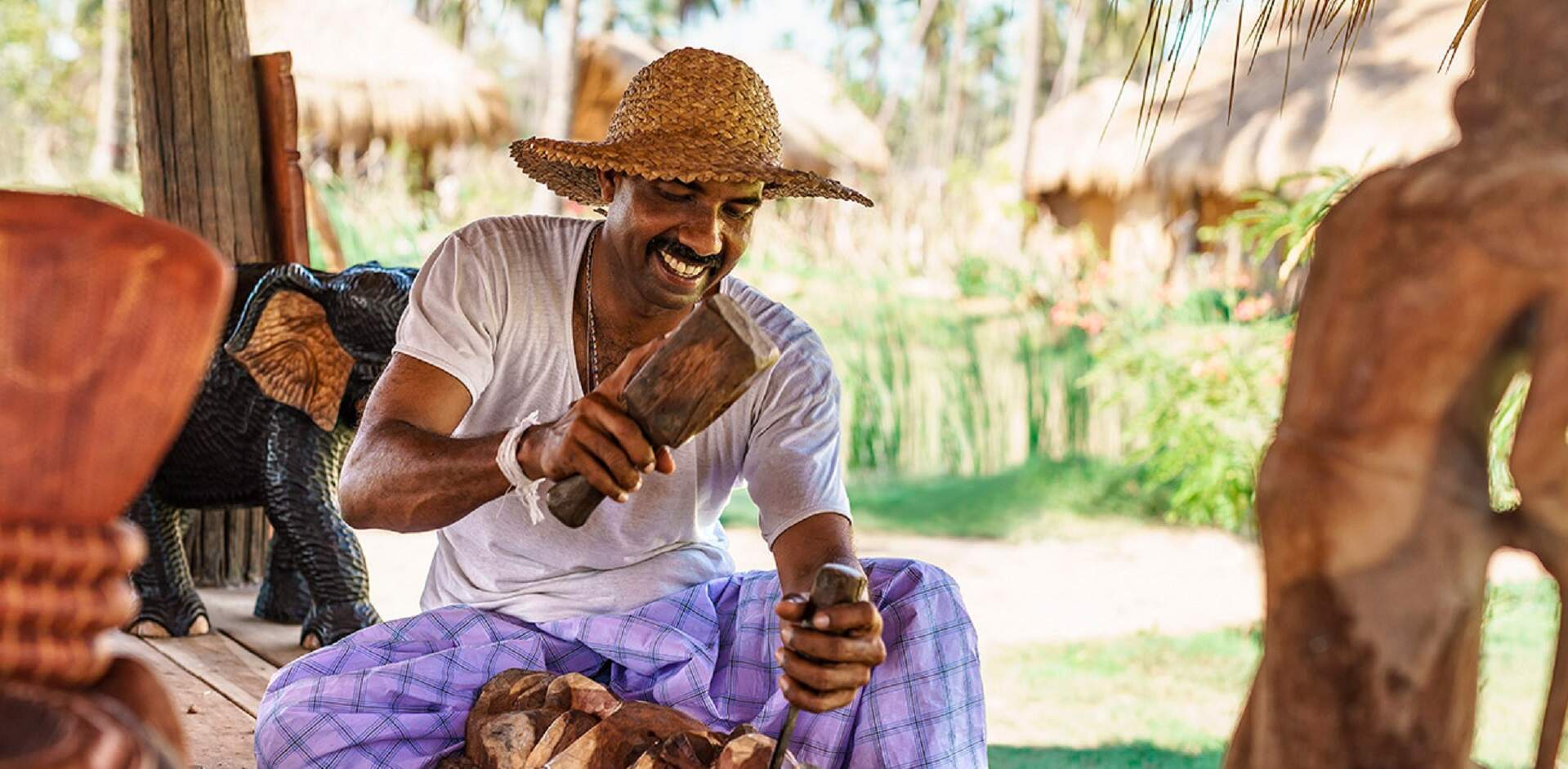Surrounded in all directions by natural beauty and wildlife, historic colonial architecture, expansive salt flats and heritage sites, Hambantota rewards visitors who get out and explore. Bordering the sacred city of Kataragama and Udawalawe National Park, the city was founded in 200 BC as Magampura and was once the centre of a prospering civilization in Sri Lanka.

Hambantota is a small coastal town on the southern edge of Sri Lanka, about 240 km from Colombo. Famed for its wildlife reserves, including Yala and Bundala National Parks, ancient temples, historical sites and beautiful beaches, this peaceful destination is emerging as an eco-tourism hub.

Visitors to Hambantota can enjoy thrilling leopard sightings in Yala National Park and explore Bundala, a Ramsar-recognized sanctuary for birdwatching. Beyond these parks, other notable bird-watching sites include the ancient Sithulpawwa hermitage, the Debarawewa wetlands, and the scenic Palatupana salt pans. The coastline here is also a vital nesting ground for marine turtles, a protected species, making Hambantota a haven for wildlife enthusiasts and nature lovers alike.
Bundala National Park
Bundala National Park is a fantastic maze of waterways, lagoons and dunes that glitter like gold in the late-evening sun.
This wonderland shelters around 200 species of birds within its 62-sqkm area, with many journeying from Siberia and the Rann of Kutch in India to winter here. It also has a small but very visible population of elephants, as well as civets, wild boars and lots of crocodiles.
Yala National Park
Yala National Park is Rudyard Kipling’s The Jungle Book brought to life.
One of the first National Parks of Sri Lanka (opened in 1938) and referred to by locals as Ruhunu, it is a great place to observe and photograph leopards. The reserve is also home to a large population of elephants, as well as spotted deer, sambar deer, wild buffalo, sloth bears, jackals, mongoose, pangolins and crocodiles.
Jungle River Safari
Boat rides on the Walawe River takes visitors through an area of rich biodiversity, with six varieties of mangroves, 72 bird species, 52 fish species, 38 plant varieties and 28 mammal species.
Kudawella Blow Hole
The "Hummanaya Blow Hole" is a natural fountain of sea water that is pushed upwards through an underwater cavern. Hummunaya is located in Kudawella, a southern coastal fishing village between Dikwella and Tangalle. From the rock formation, visitors can enjoy a panoramic view of both the Sinharaja Forest and the Indian Ocean.
Turtle Beach
To the right of the Resort’s seaside is the suitable place for animal lovers and eco-tourism seekers - a turtle breeding beach. Guests of the resort can find five out of eight known species of turtles laying eggs here.

Hambantota’s heritage is a captivating blend of ancient Buddhist culture, colonial history, and traditional Sri Lankan art. Its historical sites highlight centuries-old religious practices, while local artisan villages showcase traditional crafts. Hambantota’s location along old maritime trade routes also adds layers of historical significance, making it a cultural treasure trove for visitors seeking a deep connection to Sri Lanka’s past and traditions.
Sithulpawwa Rock Temple
Tucked away inside Yala National Park is Sithulpawwa Rock Temple, a significant Buddhist monastery dating back over 2,200 years.
The site contains a large number of stupas, cave temples that carry inscriptions in early Brahmi script, Buddha statues, a stupa house and image houses that still contain fragments of paintings. Pilgrims continue to flock here on the full moon of each month, clad in white, to practice the Buddha’s teachings and meditate.
Tissamaharama
The ancient Tissamaharama stupa stands amid the paddy fields that surround the modern town of Tissa.
For Buddhist pilgrims, it is one of the sixteen sacred sites (known as Solosmasthana) in the country. The dagoba is believed to enshrine Buddha's sacred tooth and forehead bone.
Kataragama
Kataragama is a holy city for Buddhists, Muslims and Hindus alike. In July and August, the predominantly Hindu Kataragama festival draws thousands of devotees who make the pilgrimage over a two-week period.
The Manik Ganga, or Manika Gangai (River of Gems), serves as a place of ablution and is believed to have miraculous healing powers, thanks to its high gem content and the medicinal properties of trees lining the water.
Mulkirigala Rock Monastery
Located 205m above sea level is Mulkirigala, it is a significant rock temple in southern Sri Lanka.
As visitors climb the 533 steps to the summit, they will encounter a series of seven cleft-like caves on five different terraced levels along with a number of large reclining Buddha statues, pools of water and sweeping views of the surrounding countryside. It was here where a British archaeologist discovered the ancient manuscripts of the Mahawamsa: the great chronicle of Sri Lanka’s early history.
Kirivehera
Another of the sixteen sacred Buddhist sites is the Kirivehera dagoba, commonly known as “the milk stupa”.
The Bo tree situated behind the Katharagama temple is one of the eight saplings of Sri Maha Bodhi, which an old historically authenticated tree. The Buddha is believed to have paid a visit here during His third trip to Sri Lanka.
Kirinda
Relatively unknown to tourists, the small fishing village of Kirinda centres on a Buddhist shrine perched on huge rocks, right at the shore.
On a clear day the lonely lighthouse on the Great Basses Reef appears like a needle in the distance, and visitors can enjoy a panoramic view of Tissamaharama.
Bandagiriya Temple
Bandagiriya is considered a high peak in the Hambantota District and provides visitors with a beautiful panoramic view. Here, two stupas and a statue of the seated Buddha in meditation stand amidst scattered ruins dating back to the 2nd century BC.
Shangri-La Aritisan Village
Dedicated to preserving authentic Sri Lankan craftsmanship, the Artisan Village at Shangri-La Hambantota features four traditional huts where the craftsmen skilfully create, exhibit and sell their items, from pottery and ceramics, to wood carvings and weavings.
In the evening, the village transforms into an entertainment venue, showcasing Sri Lankan music and dance performances of Angampora (Sri Lanka's indigenous martial art and one of the oldest fighting disciplines in the world).
